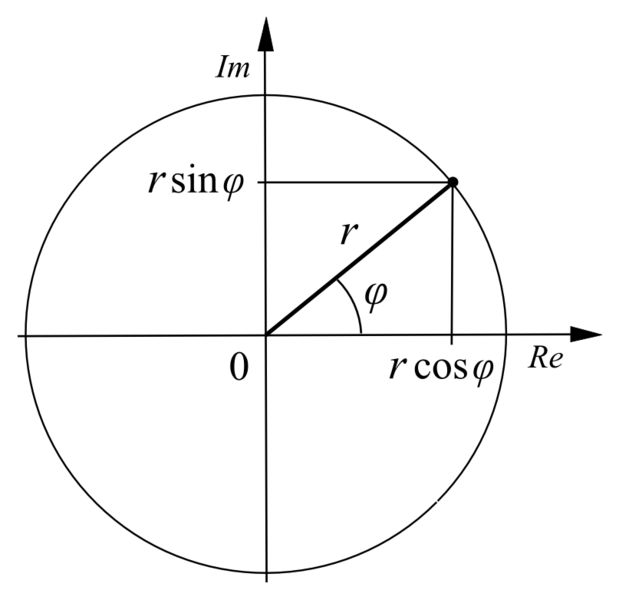I need to write 8i in polar form. how to find angle when 8/0 not defined ?
1 Answer
# 8i = 8{cos(pi/2)+isin(pi/2)} #
Explanation:
We seek a polar form of:
# omega = 8i#

When measuring the trigonometric angle,
# z = 8{cos(pi/2)+isin(pi/2)} #
# \ \ = 8{(0)+i(1)} #
# \ \ = 8i #
Now, Consider the general case . We seek
# r{cos theta + isin theta} = a+ib #
We calculate
# { (a = rcos theta), (b = rsin theta) :} => a^2 + b^2 = r^2#
so that:
# r = sqrt(a^2 + b^2) #
And we calculate
# tan theta = (rsin theta)/(r cos theta) => tan theta = b/a#
so that:
# theta = arctan(b/a) #
Remembering that tangent is periodic, we cannot assume that we seek the principal value, so take care to gain the appropriate angle (and sign) by consideration of the quadrant of the required point (typically by a very quick argand diagram sketch).
So in the above example, with
Then we have:
# | omega | = sqrt(0^2+8^2) = 8#
And:
# tan theta = 8/0 = oo => "arg" \ omega = pi/2#
Thus:
# 8i = 8{cos(pi/2)+isin(pi/2)} #


